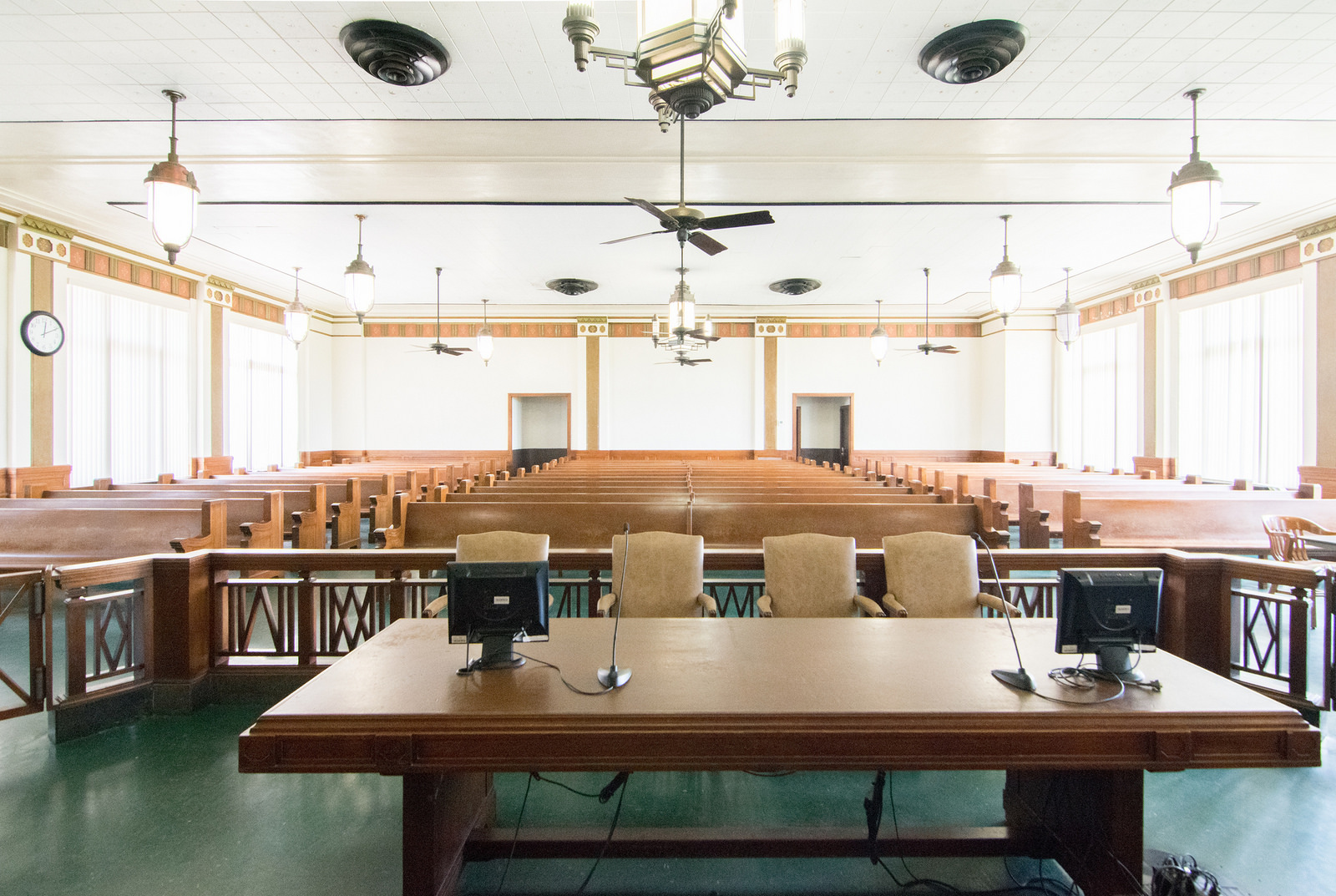PERSONAL INJURY TRIALS
Personal injury trials are actually pretty rare. Even so, the prospect of a trial verdict and possible appeal shapes everything that happens along the way to resolution. Plaintiffs demand settlements, defendants offer settlements, negotiations go on. Both sides weigh proposed settlements against the costs and uncertainty of trial verdicts. In 95% of personal injury cases, the parties reach a settlement that both believe is better than their expected trial outcome.
How can both sides believe a certain settlement is better than they can do by going to trial? One factor is risk. Trial is a complex process. Furthermore, judges and juries are human beings, not legal computers. So are witnesses. A trial is also very costly. A plaintiff’s attorney’s fees are paid from damages recovered if the suit is successful, but trial prep runs up expenses which plaintiffs must pay win or lose.
MOTION FOR SUMMARY JUDGMENT
At the point when the parties can’t settle and trial is the next step, there’s an exit ramp. One side, or both sides, can ask the judge to rule on the case based on all the evidence they’ve gathered. This is called a summary judgment. As one would expect, a judge can grant a summary judgment only when the facts are crystal clear. In other words, when there’s “…no genuine issue as to any material fact, and the moving party is entitled to judgment as a matter of law.” The undisputed material facts must show that the other side cannot win. The side opposing a motion for summary judgment doesn’t have to show it will win, only that the material facts are disputed. The benefit of the doubt goes to the side disputing a motion for summary judgment. Hence, unless it’s a slam dunk, it won’t be granted.
DIRECTED VERDICTS
After a personal injury trial begins, there’s another exit ramp. A personal injury attorney can move for a directed verdict. This is asking the judge to decide the case on a legal point, for example, an undisputed fact that makes it impossible under the law for the other side to win. These motions are usually denied because of the high value we place on our jury system. However, a motion for directed verdict, denied, sets the table for later steps including appeal.
APPEALS
Either side can appeal a personal injury verdict. However, there has to be a legal reason for a higher court to review the case. Simply losing, or dissatisfaction with the amount of the damages the jury awards is not enough.
In sum, personal injury trials are costly, risky, and take a long time. There’s value to both sides in finding another way.




